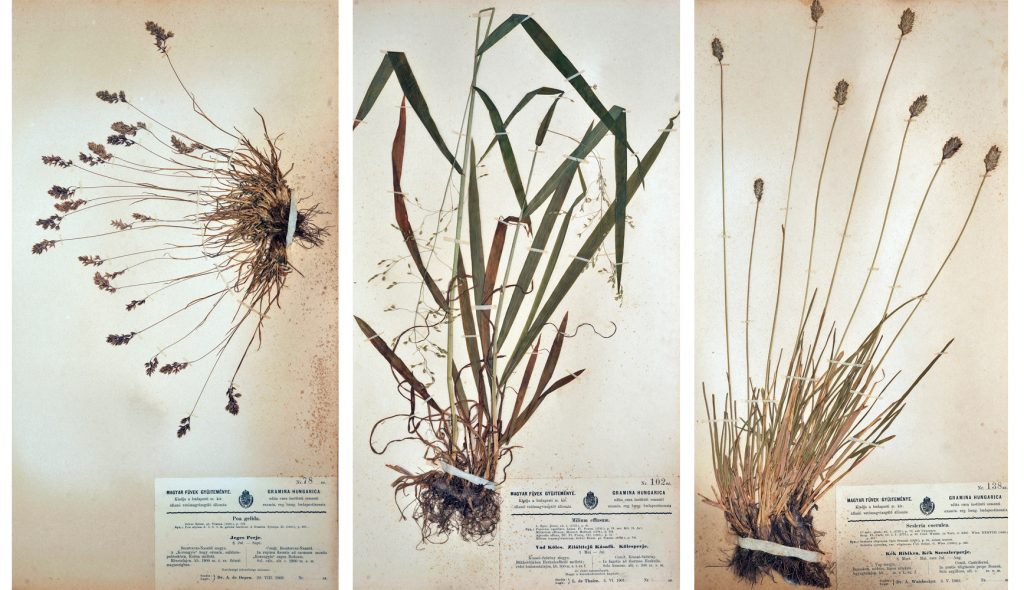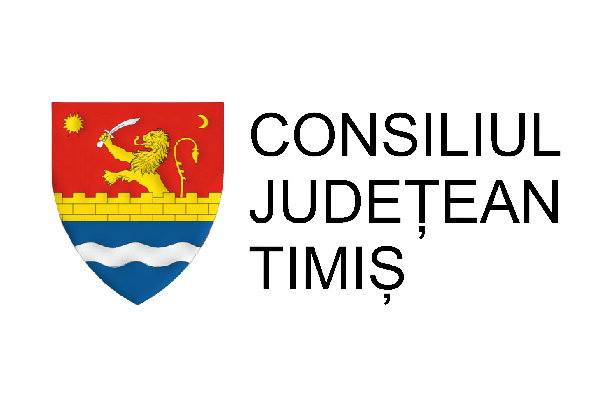The collection of dried plants (Herbarium) includes 11,256 herbaceous leaves, with many rare and endemic species from Banat. It consists of several collections: Herbarium Popescu-Domogled, Herbarium Vlaicu and last but not least Herbarium of doctor Árpád Degen. (Milanovici Sretco, M-Kiss Andrei, Herbarium Dr. Árpád Degen (1866-1934) Scientific importance, published by the Museum of Banat Timişoara, Department of Natural Sciences, Timişoara, 2012).
Wild orchids from Banat
Our orchids are perennial herbaceous plants, which have a rhizome or more often 2 tubers, more or less globular or digitally branched, one of the tubers being the main one, from which comes the plant (flowering stem).
The flora of temperate orchids, where only terrestrial species grow, is much poorer than in the tropics. About 900 species of 75 genera grow in the temperate zone of the northern hemisphere. In America, north of Mexico, 170 species grow, and in Europe a little more, 200 species of 36 genera.
In the western part of the country (Banat), approximately 54 species of this large family can be found (according to the Flora of Romania, 58 species grow in our country).
Regarding the issue of protection and conservation of terrestrial orchid species in the continental area, and in this case also the species that grow in Romania, leaving aside the snobbery of fashion and the world popularity of orchids, we mention the fact that a large part of the the country's population is unaware of the existence of orchid species in Romania).
A large part of the species presented in the image can also be found in the Herbarium of the Banat Museum.

Tabs from the herbarium “Dr. Árpád Degen ”- Department of Natural Sciences - National Museum of Banat
Rare plants from Banat
Wandering through the natural reserves (and not only) of Banat, from the plains to the rugged peaks of the Banta Mountains, we can find many species of rare plants and flowers, some of them protected by law. Unfortunately, many of the flowers that once adorned the plains and mountains of Banat have been mercilessly torn and disappeared, and others are becoming rarer.
The natural floristic heritage of Banat has entered a very alarming state of extinction in recent decades caused by two groups of factors: human activities leading to the destruction of plant habitats (especially rare ones) and the expansion of invasive plant species, both in terrestrial ecosystems (meadows, forests, steppes) as well as in aquatic ones.
A large part of the species presented in the image can also be found in the Herbarium of the Banat Museum.
Endemic plants from Banat
By endemism we mean the phenomenon of belonging of separate species, genera, families and other taxa to a determined geographical territory, relatively limited, sometimes to an extremely limited area.
Endemites, designate species, genera, families and other taxa delimited in their spread to a given territory (province, region, district, etc.). Endemite (from the Greek endemos - indigenous) is therefore a taxon with a restricted area to a certain natural region. The Campanula carpatica (Carpathian bell), for example, is a Carpathian endemic, while Tulipa hungarica (Banat tulip), an endemic found only in the Large and Small Boilers of the Danube Gorge; but Epipactis purpurata (orchids), widespread only in Europe and not on other continents, is endemic. An endemic can therefore be specific to a country, continent or any area.


